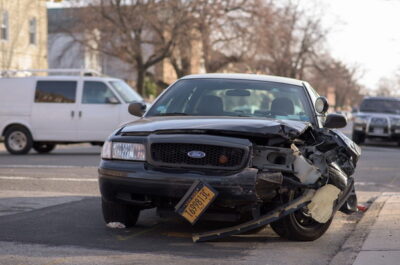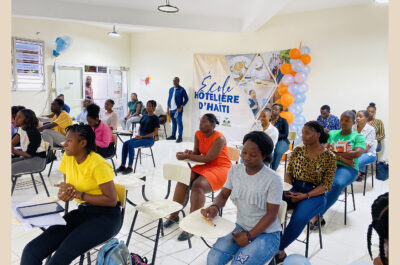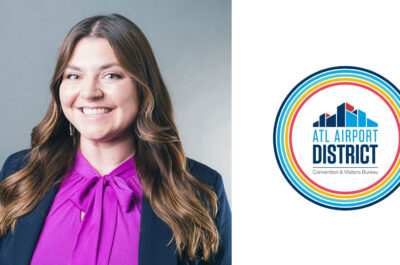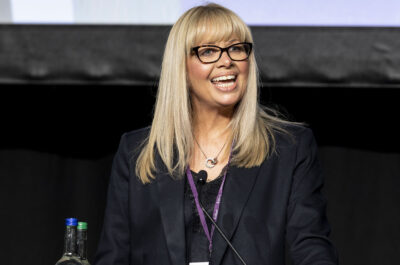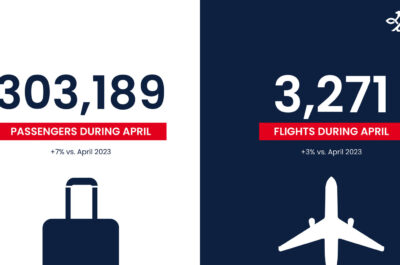Mostly, colleges usually receive only $65 only per credit hour for serving the dual-credit students. That’s not enough to cover all the associated costs. In 2016-17, colleges even subsidized dual-credit programs by more than $1.6 million.
As high school students continue signing up in masses for college-level classes, the two- and four-year colleges are feeling the pinch.
Why so?
Mostly, colleges usually receive only $65 only per credit hour for serving the dual-credit students. That’s not enough to cover all the associated costs. In 2016-17, colleges even subsidized dual-credit programs by more than $1.6 million.
“That is a challenge, and that is a crisis,” the President of College of Western Idaho told the Legislature’s Joint Finance-Appropriations Committee on Monday Morning.
The dual credit program is a partnership between Idaho’s colleges/universities and high schools to deliver college-level courses to high school students. Its aim is to give students an opportunity to receive both high school and college credits for courses that are pre-approved.
The State Board of Education released a report on Monday about the drastically growing dual-credit program. According to the program, both junior high and high school students can use a $4,125 taxpayer-funded allowance to pay for the pre-approved courses and get a free jumpstart on college.
This dual-credit program aims to convince more high school graduates to proceed with their education.
However, the program comes at a cost, especially to the colleges. The State Board report clearly backed up Glandon’s concerns regarding the challenges and crisis for colleges.
The report indicates the credit hours awarded by Idaho’s two- and four-year schools in 2016-17, the direct and indirect costs the dual-credit programs. It also indicates the overall impact on the allocated college budgets. Have a look at the numbers below:
|
Institution |
Revenue/loss per hour |
Credits Awarded |
Overall revenue/loss |
|
Idaho State University |
20,270 |
+12.18 |
+246,888.60
|
|
Boise State University |
21,336 |
-5.76 |
-122,895.36
|
|
North Idaho College |
3,828 |
-47.04 |
-180,069.12
|
|
Lewis-Clark State College |
4,172 |
-47.66 |
-198,837.52 |
|
College of Southern Idaho |
23,772 |
-13.97 |
-332,094.84
|
|
University of Idaho |
10,052 |
-44.72 |
-449,525.44
|
|
College of Western Idaho |
40,141 |
-14.79 |
-593,685.39 |
|
Total |
123,571 |
|
-1,630,219.07 |
Part of the cost incurred for Nampa-based College of Western Idaho (CWI) and other state public colleges and universities is staffing. For CWI, it has created a total of five full-time positions to help with the dual-credit program.
About a third of CWI’s students constitute of dual-credit students. Since the program allocates $65 per credit hour, the rest of the CWI students pay $139 per credit hour.
When compared to Twin Falls, the dual credit accounts for half of the student population. This is where there is a budget crunch as President Jeff Fox told the lawmakers. Dual-credit students account for 4.6 percent of the overall college revenue while traditional students account for 22 percent.
The thing is, dual-credit students might take only one course or two at a time which has made the influx of added students have an impact on everything. Fox told the Senate Education Committee on Monday afternoon that the impact of the program gets intertwined into the institution in many ways.
For the graduates who may in the future have unpaid student loans even after having qualified for the dual-credit program, there is an option of refinancing with ELFI for better rates; you can continue reading this for more information.
Looking at the numbers, the program has grown over the years. There was a 15 percent increase in 2017-18 compared to the previous year.
Gov. Brad aims to put in $18 million in the advanced opportunities program in 2019-20 which will be a $3 million increase. The added money will seek to cover costs for the growing number of students who enroll in the program. This means that it will not cover the dual-credit cash flow crisis facing the various colleges and universities.
The funding formula discussion
On Monday, Scott Bedke, R-Oakley led the house in a 90-minute demonstration on the new school funding formula. The committee didn’t have a bill to vote on; therefore, no action was taken.
There is a proposal to make the funding enrollment-based rather than attendance-based where the funding follows the student. Bedke explained that the issue is to divide the funding the state sets aside for K-12schools differently.
Public school funding is Idaho’s largest general fund expense annually which makes any change to the funding program significant.
As Bedke tried to discuss fractional enrollment and funding weights to assign to special education and disadvantaged students, some legislators agreed with him while others kept asking the definition of some key terms.
Some of the legislators were focused on specific funding levels JFAC will be asked to set.
The House Education Chairman Lance Clow, R-Twin Falls pointed out that the committee would have to slow down a bit or else it would risk losing some of the legislators.
The Vice-Chairman, Ryan Kerby, R-New Plymouth mentioned that a bill to enact the funding formula changes could make its Statehouse debut in a week or two.
However, the demonstration is a clear message of how much work needs to be done if the Legislature aims at making the funding formula changes.





